The first year I worked at the Dupont Circle Farmers Market in Washington, DC, I was enthralled by the atmosphere and the dance between customer and farmer. I’d been to many markets before as a customer, but being on the other side of the table brought this experience into a new light.
Since then, I’ve worked at farmers’ markets in four different states. These experiences have taught me how to sell a large number of products and keep customers coming back for more, as well as what causes people to walk by your booth without giving it a second glance. I’ll share some farmers’ market tips you can utilize to drive sales and build relationships with customers.
Keep Everything Clean
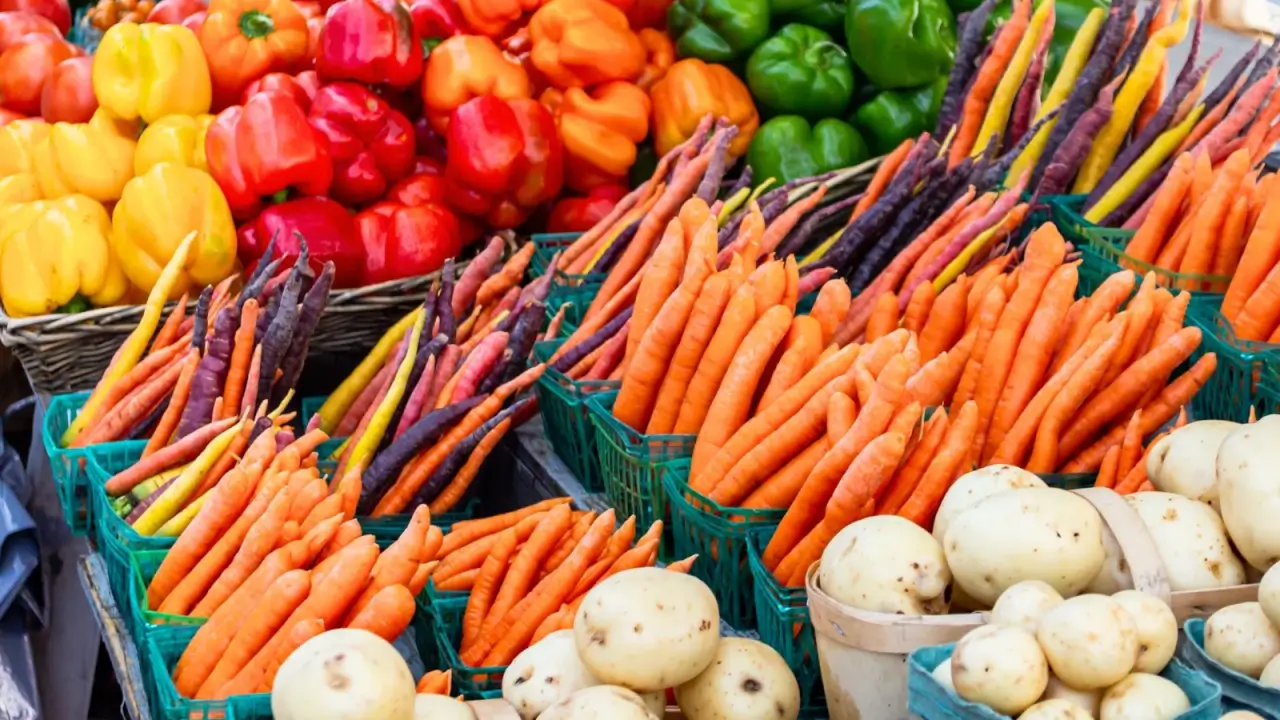 Tidy tables and fresh produce always draw a crowd.
Tidy tables and fresh produce always draw a crowd.
Whether you’re selling vegetables, cheese, meat, or anything in between, it’s essential that you keep your products and stand clean. Some farmers make the mistake of keeping dirt on their carrots or lettuce heads, thinking this only confirms that the products are straight from the farm. But most customers prefer to receive their produce clean and as ready to eat as possible.
Spending extra time at your wash station will make it easier to make sales at the market. If you notice your produce looking sad, spritz greens and roots with water to cool it down and help it shine.
You should also maintain a tidy market stand. That means keeping your bags on a hanger or in a neat stack rather than strewn across your tables. Consider using tablecloths or, at the bare minimum, washing your tables before each market.
Look Approachable
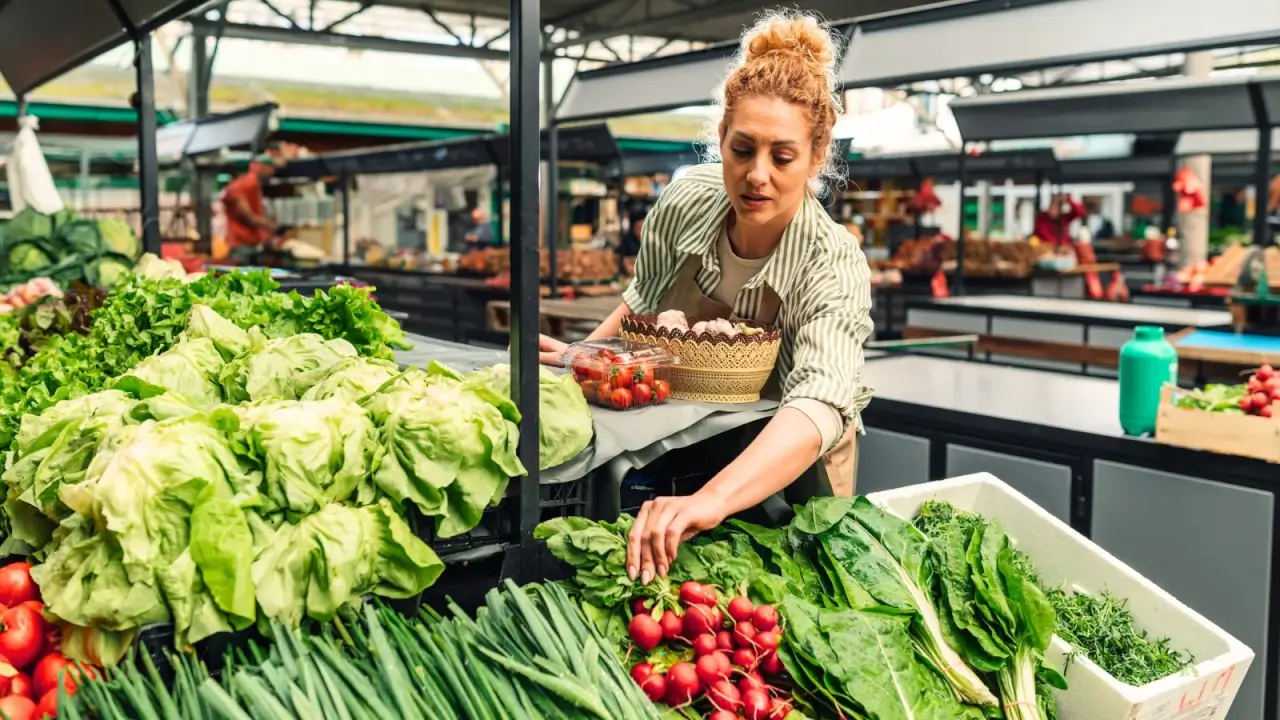 Customers pause longer when someone’s ready to chat.
Customers pause longer when someone’s ready to chat.
Looking approachable is a key part of encouraging people to inspect your products and make a sale. Sitting at the back of your booth is a subtle way to tell people that you’re not too interested in their business.
If possible, stand the entire market. This isn’t a problem at busy markets since you’ll be spending the majority of the time ringing up customers and restocking your stand. Taking a break once in a while is fine, but don’t spend the entire market sitting in a chair and staring at your phone.
Pile It High
 A full-looking table keeps the crowd coming back.
A full-looking table keeps the crowd coming back.
“Pile it high, and watch it fly” is a common farmers market tip. I’ve found it true that tall piles of radishes or cucumbers sell better than short stacks of the same products. Even if you only have a handful of a certain item, make a stack rather than a single layer.
It’s better to keep a single table filled with a tight cluster of products instead of spreading the same products across multiple tables. You can use crates and baskets to help add a vertical element to your stand. This works particularly well if you’re working with difficult-to-stack items like tomatoes and bouquets.
As items dwindle and sell out, rearrange your offerings so they’re neat and compact. Remember, you want your stand to look intentional and well cared for.
Don’t Forget Signage
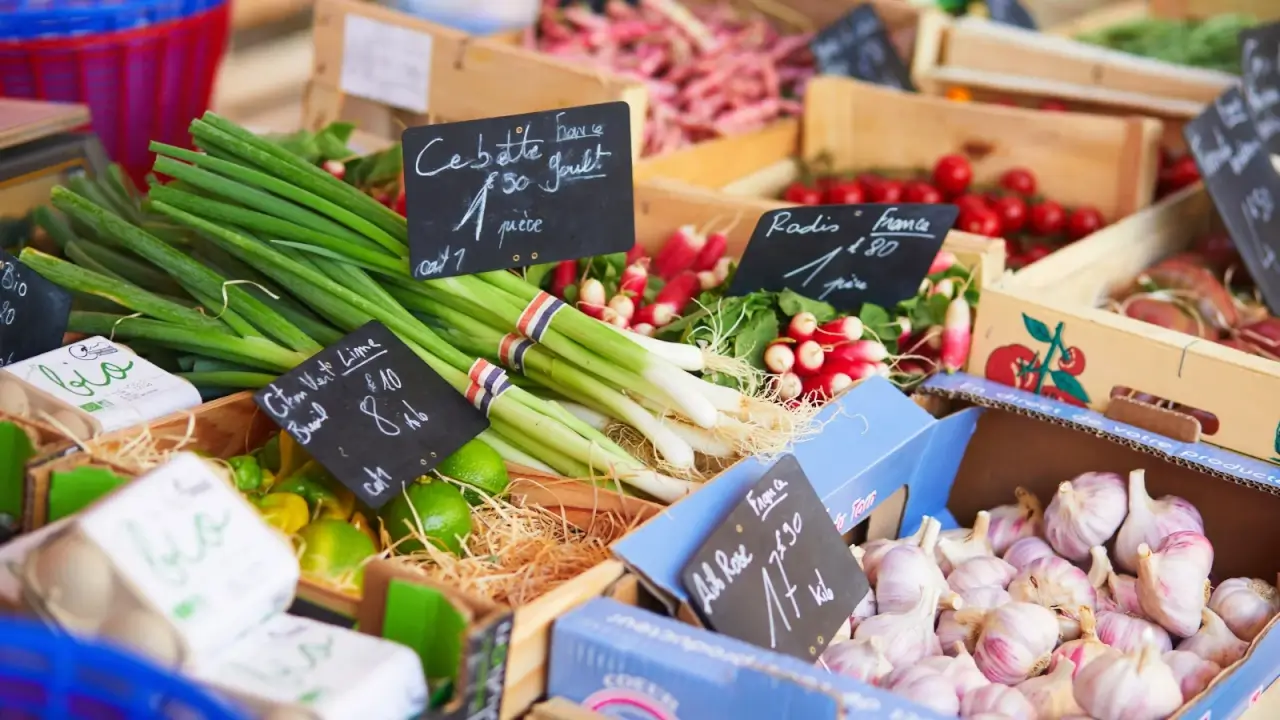 Good signage turns browsers into buyers without saying a word.
Good signage turns browsers into buyers without saying a word.
Even if you’re familiar with every product you’re selling, remember that not everyone is! Having a sign for less common items, such as Thai basil and radicchio, introduces customers to products as they walk by your booth. Common items like carrots or eggs also deserve signs, even if they just let people know how much each product costs.
You can also create signs to highlight special sales and give ideas on how to use a specific item. If you’re trying to move lots of cherry tomatoes, you can offer a special deal if someone buys three more or highlight how you can use these tomatoes to make salsa, pasta salad, pizza, and more.
Know Your Product
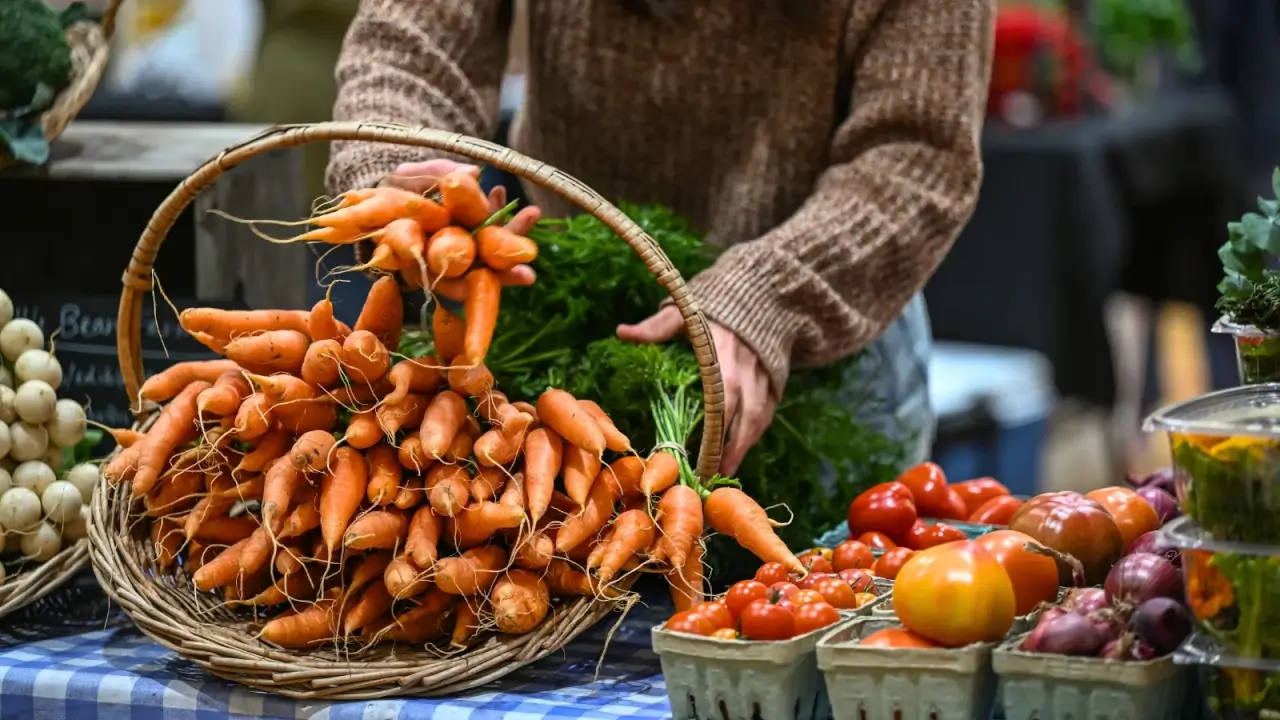 Customers appreciate a vendor who knows their veggies well.
Customers appreciate a vendor who knows their veggies well.
One of the great aspects of farmers’ markets is the direct connection between producers and customers. Shoppers can ask questions about how their melons were grown, cheese was produced, and beef was raised. They can also inquire about how to select, use, and store items.
It’s okay if you don’t know everything about what you’re selling, but you should at least be familiar with it. How do you like to store your basil at home? How peppery are the radishes at this time of the year? Knowing the answers to these questions makes you a valuable vendor and can give you a competitive edge.
Aim for Sincere Interactions
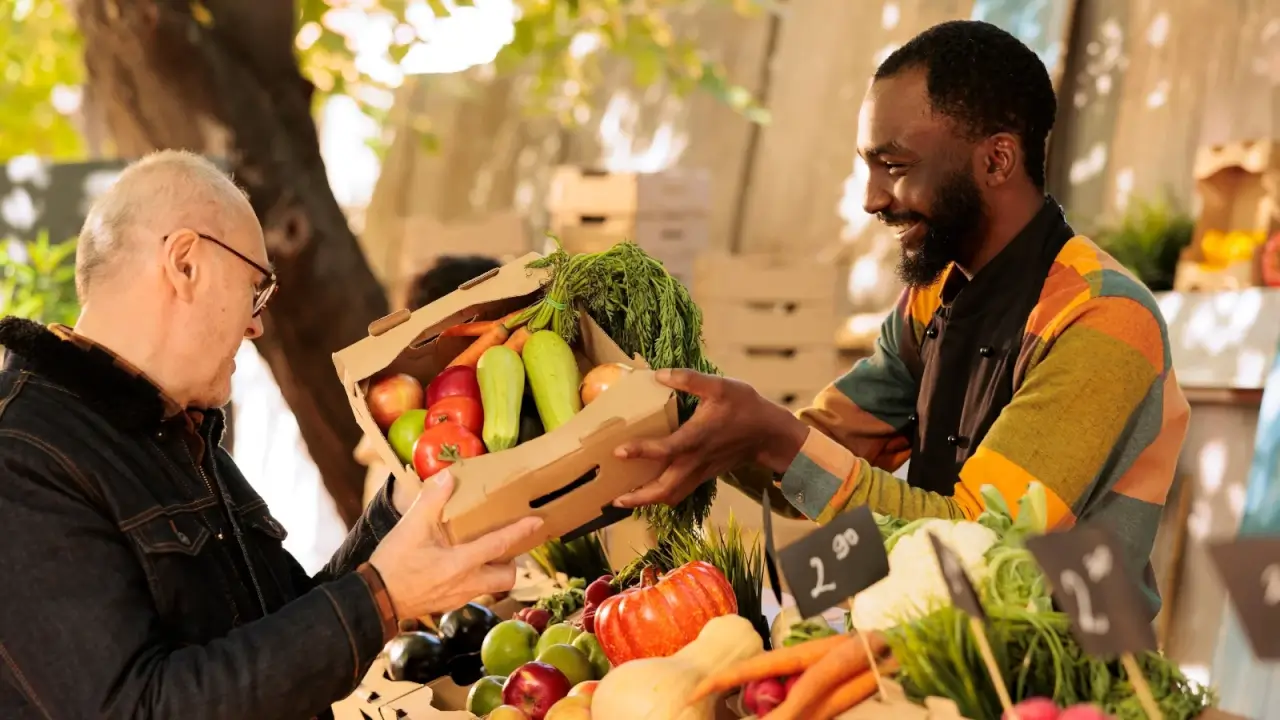 A little small talk goes a long way.
A little small talk goes a long way.
As I mentioned above, farmers’ markets are about more than just finding high-quality products. Many customers are looking to put a face and a name to their farmer while establishing relationships. Being genuine doesn’t mean treating everyone like they’re your best friend, but putting in a little effort to know people can go a long way.
If you’re attending the same market week after week, you’ll probably see some of the same faces. Make an effort to learn shoppers’ names, and take a moment to ask how they’ve been or what they’ve been cooking lately. Creating relationships is one of the top farmers market tips.
Keep Things Moving
 Organized bags and change help things flow without stress.
Organized bags and change help things flow without stress.
While spending a minute chatting with a customer as you’re ringing them up is a great way to form a connection, avoid spending 15 minutes talking with a single individual. These extended interactions can lead to a long line and cause your stand to become crowded with impatient shoppers.
Aim to keep your checkout process quick. Have bags, payment collecting devices, and cash organized and ready, and politely encourage chatty customers to move along while focusing on who’s next in line.
The Rise of Virtual Farmers Markets
Why farmers are increasingly banding together to take their products online, targeting consumers directly without the fuss of a physical market.
The post Success at the Farmers Market: 7 Vendor Tips appeared first on Modern Farmer.
From Modern Farmer via this RSS feed
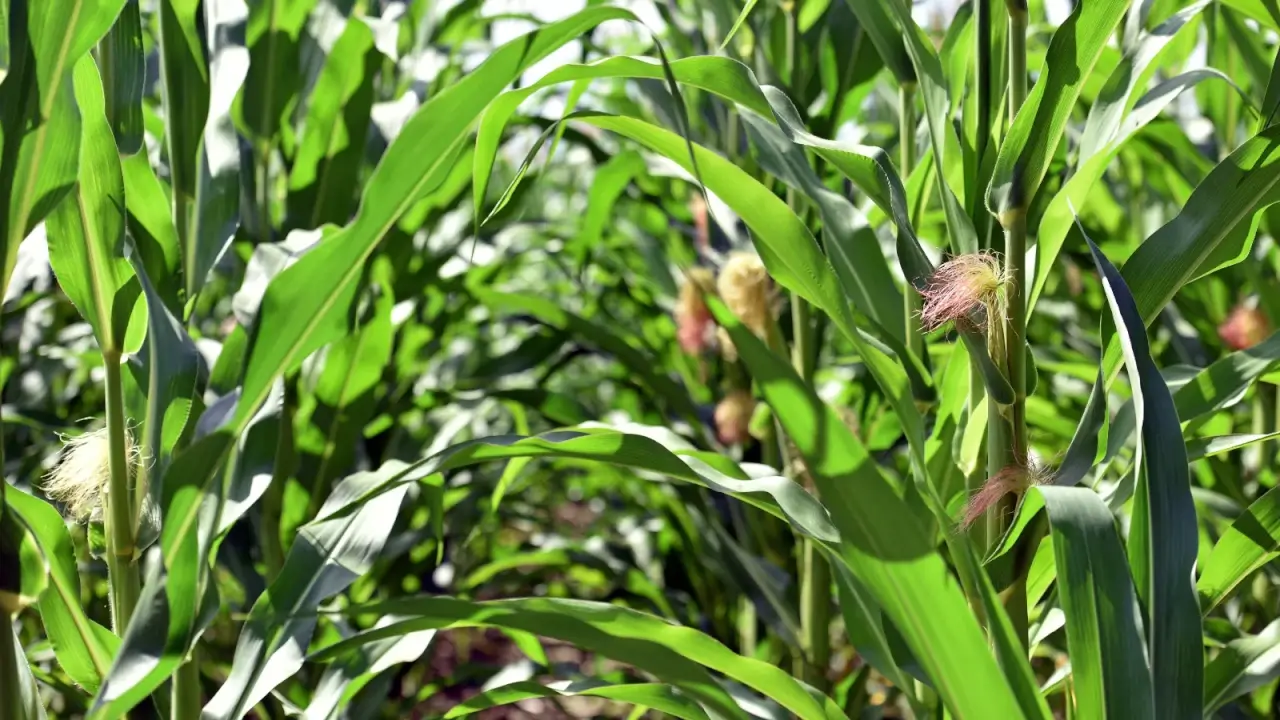 Shorter stalks stand strong when the heavy winds roll in.
Shorter stalks stand strong when the heavy winds roll in. Pollination rates increase when corn is planted densely.
Pollination rates increase when corn is planted densely.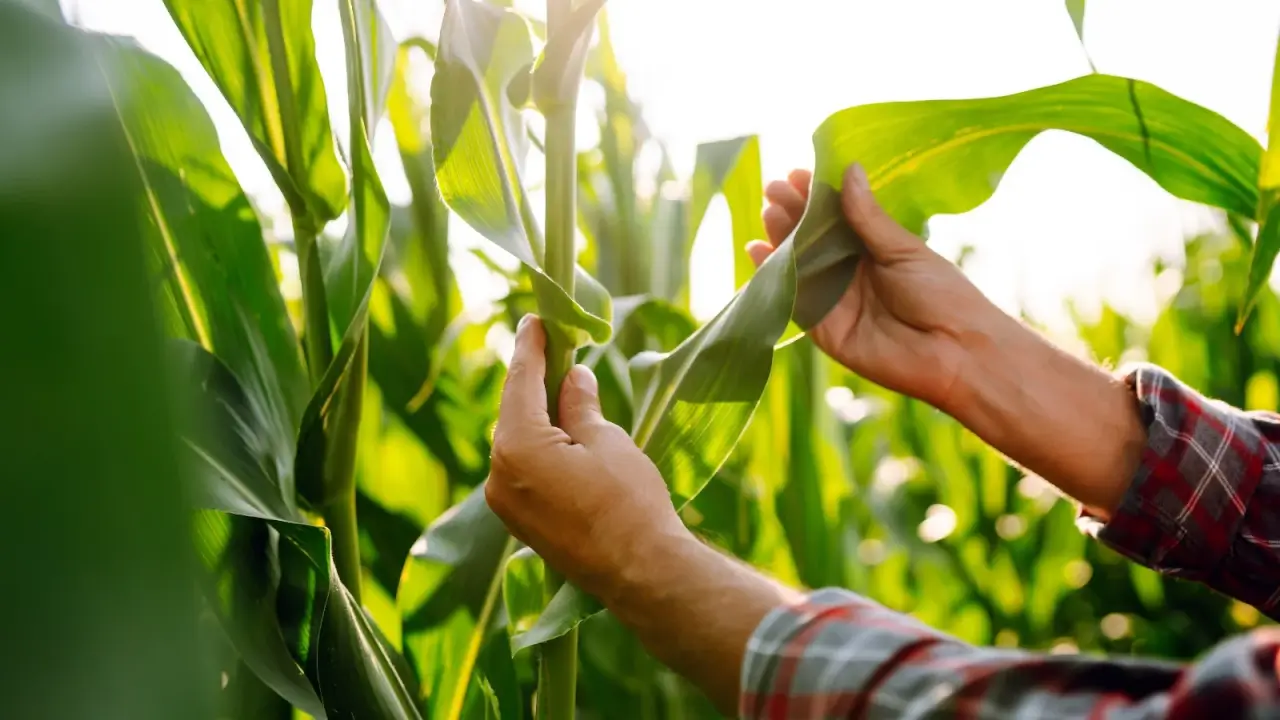 Upright stalks mean healthier plants and less disease risk.
Upright stalks mean healthier plants and less disease risk. Pest control gets simpler with shorter stalks.
Pest control gets simpler with shorter stalks.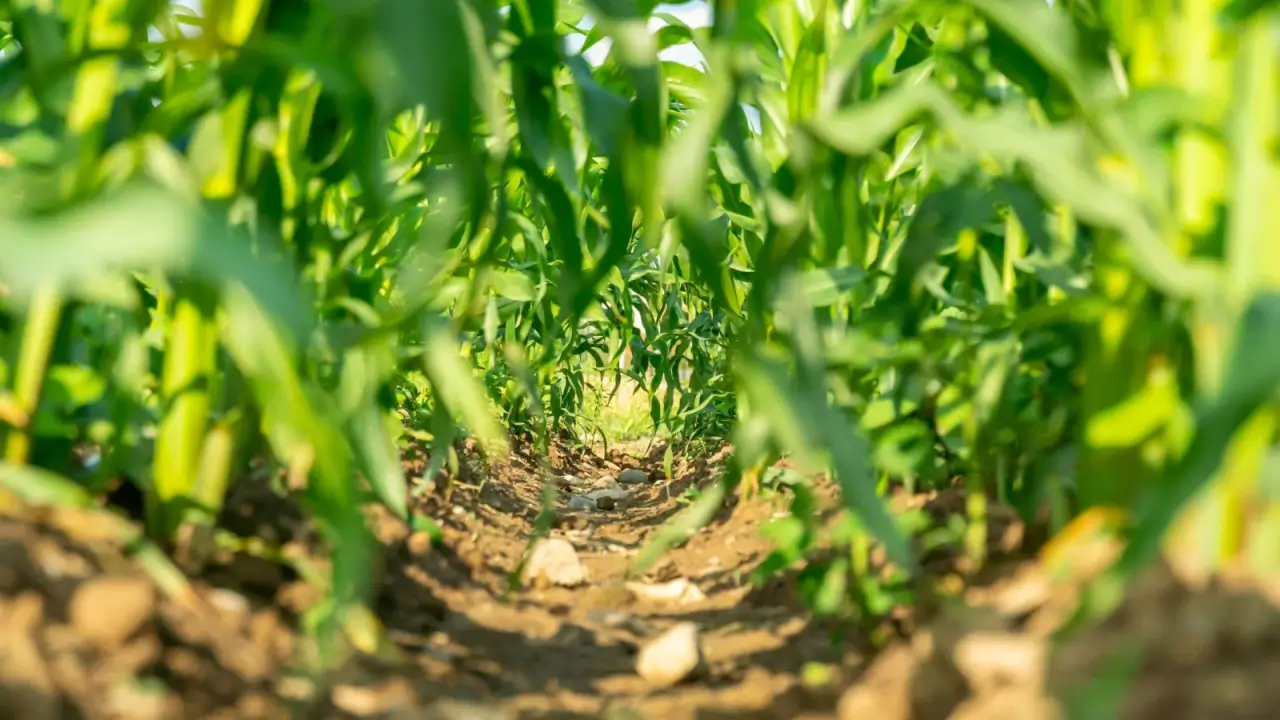 Compact growth leads to stronger, healthier corn in fields.
Compact growth leads to stronger, healthier corn in fields.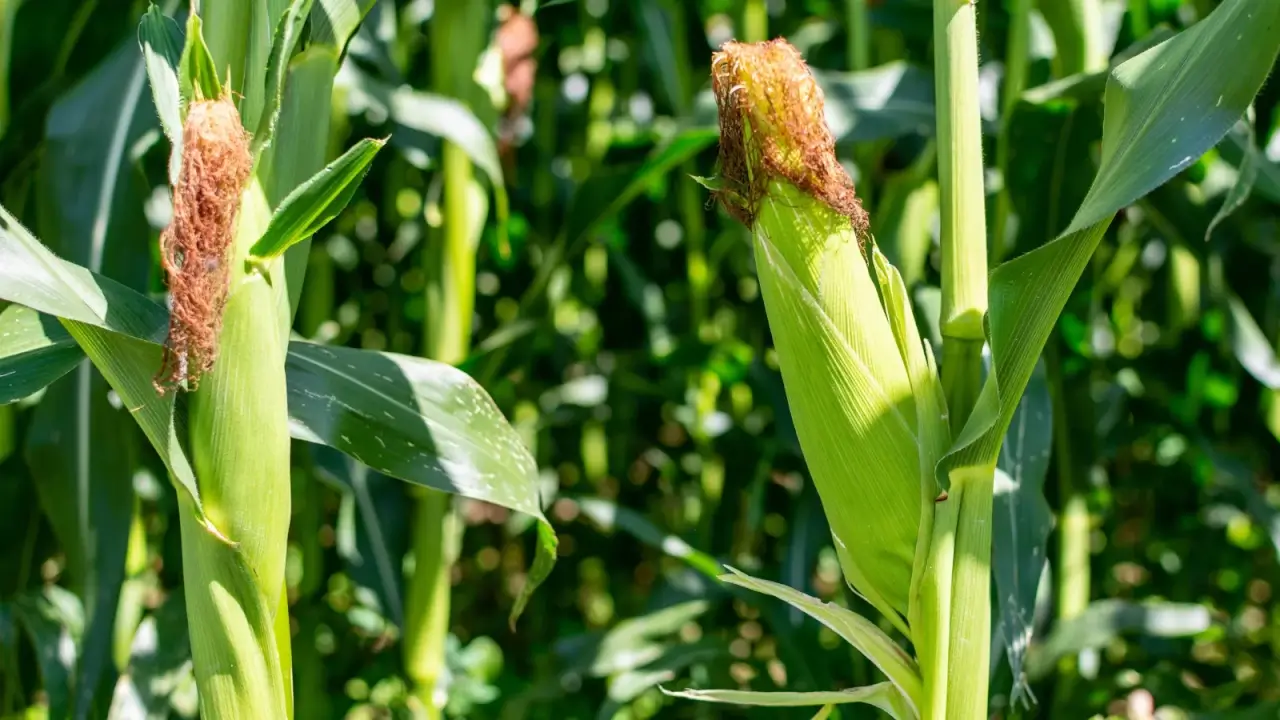 Stronger stems lead to increased resilience to environmental pressures.
Stronger stems lead to increased resilience to environmental pressures.